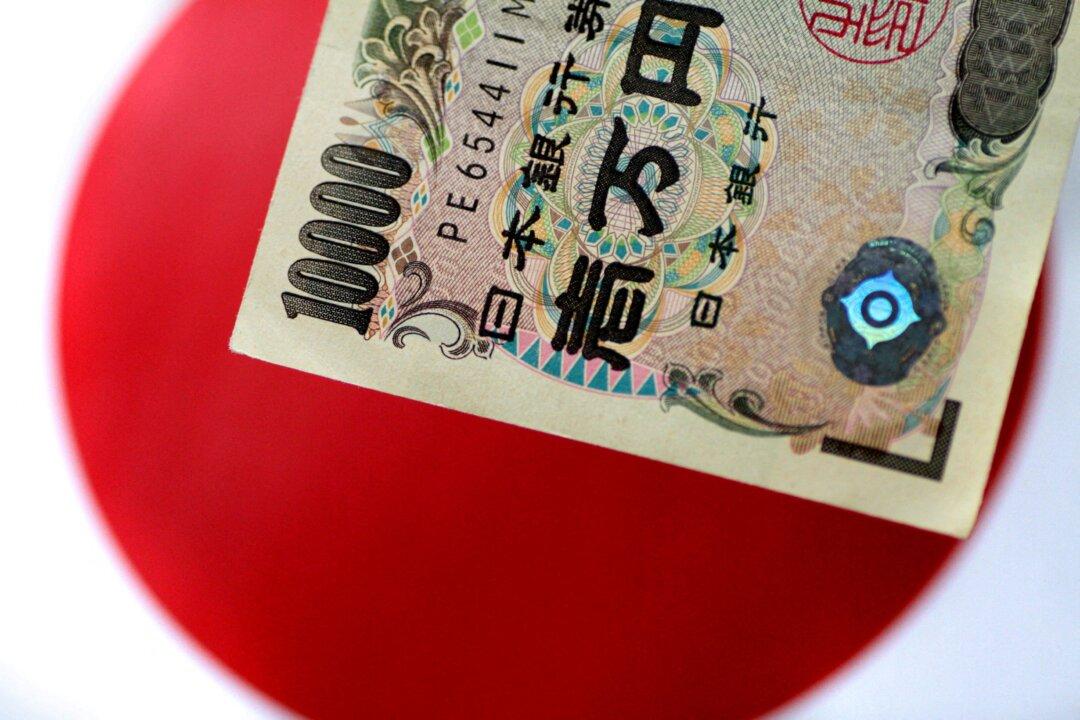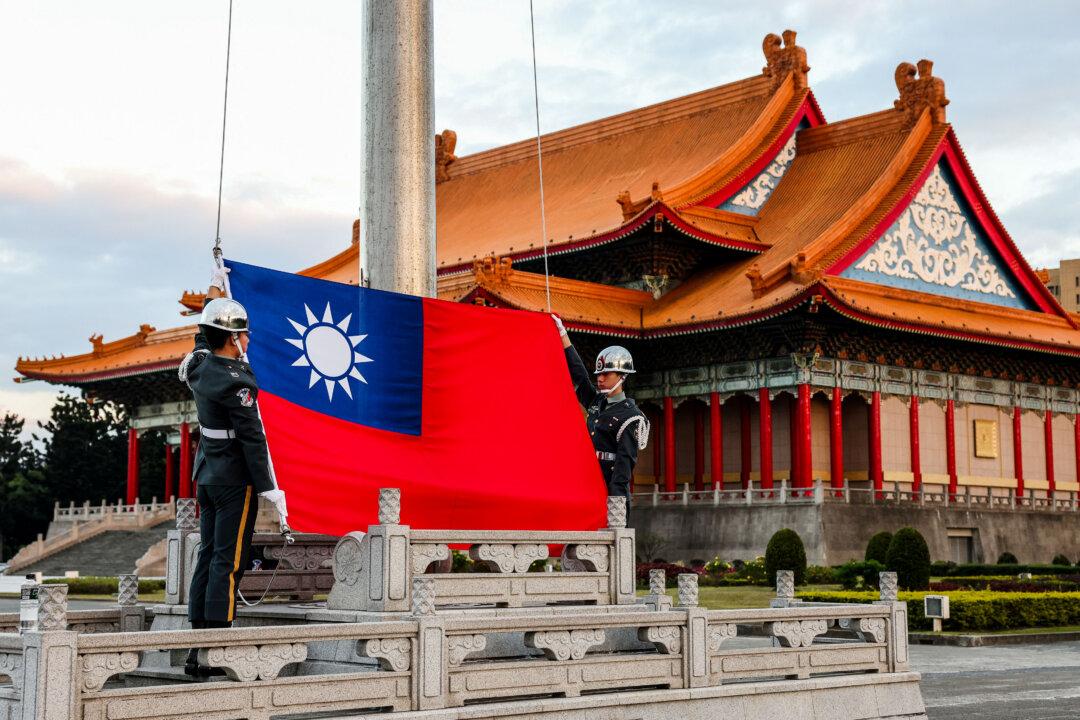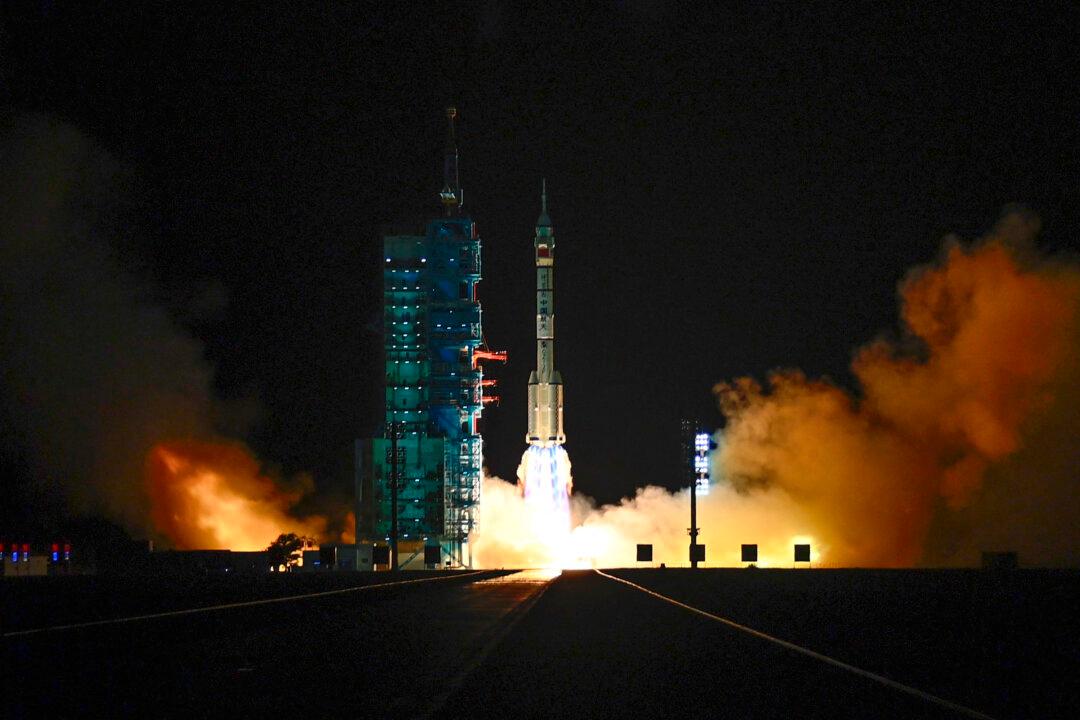In the past four decades, Japanese companies have invested massively in the Chinese market. However, due to the Chinese regime’s unpredictability and economic downturn, India has emerged as the most popular country for Japanese companies.
The Japan Bank for International Cooperation (JBIC) released its 2023 Annual Survey Report on Dec. 14 on Japanese companies with manufacturing and production plants in China. The survey is about the countries and regions in which Japanese companies hope to invest and expand their business in the next three years. A total of 534 Japanese companies responded to the survey.





